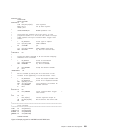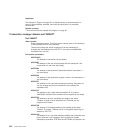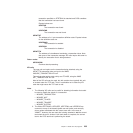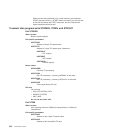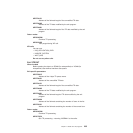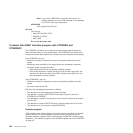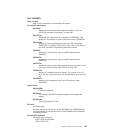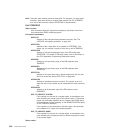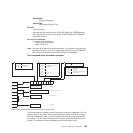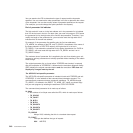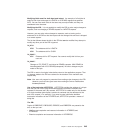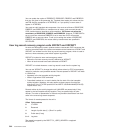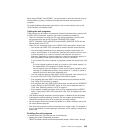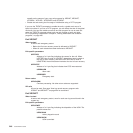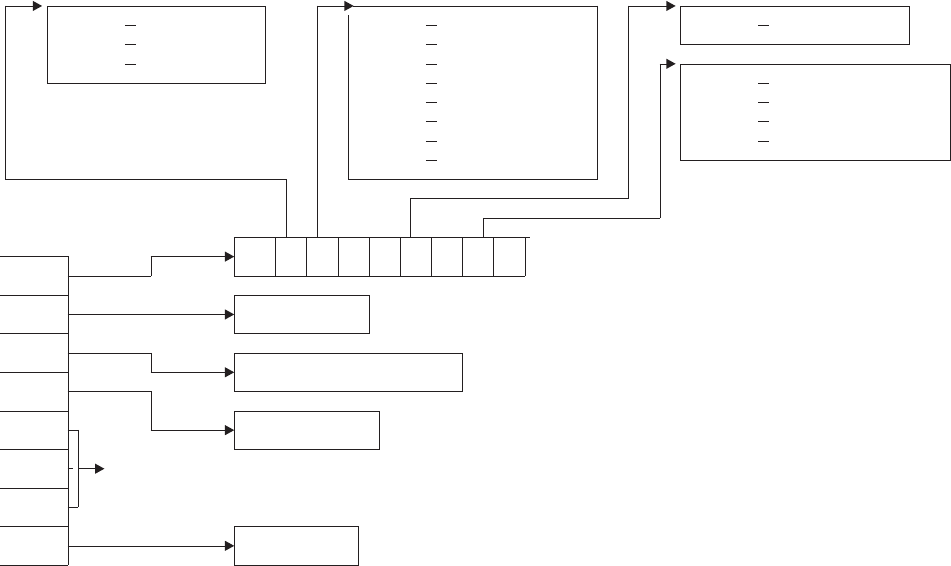
UERCNORM
Continue processing.
UERCPURG
Task purged during XPI call.
XPI calls
All can be used.
Although the exit permits the use of XPI GETMAIN and FREEMAIN calls,
we recommend that you use the EXEC CICS GETMAIN and FREEMAIN
commands instead.
API and SPI commands
All can be used, except for:
EXEC CICS SHUTDOWN
EXEC CICS XCTL
Note: Take care when issuing recursive commands. For example, you must avoid
entering a loop when issuing a transient data request from the XTDEREQC
exit. Use of the recursion counter UEPRECUR is recommended.
The command-level parameter structure
The command-level parameter structure consists of a series of addresses. The first
address points to the EXEC interface descriptor (EID), which consists of an 8-byte
area that describes the type of request and identifies each keyword specified with
the request. The remaining addresses point to pieces of data associated with the
request. (For example, the second address points to the queue name.)
X'02' WRITEQ X'80' QUEUE X'01' SET
X'04' READQ X'40' FROM|SET|INTO
X'06' DELETEQ X'20' LENGTH
X'10' X'40' WRITEQ
X'08' X'80' READQ
X'04' X'C0' READQ(nosuspend)
X'02' SYSID X'04' DELETEQ
X'01'
08 .. .. 00 08 .. 00 .. 00
Addr0
Addr1 queue name char(4)
Addr2
set address or data fullword/char(*)
Addr3
Addr4 data length halfword
Addr5 dummy args
Addr6
Addr7 system id char(4)
Figure 3. The command-level parameter structure for transient data
Chapter 1. Global user exit programs 239



